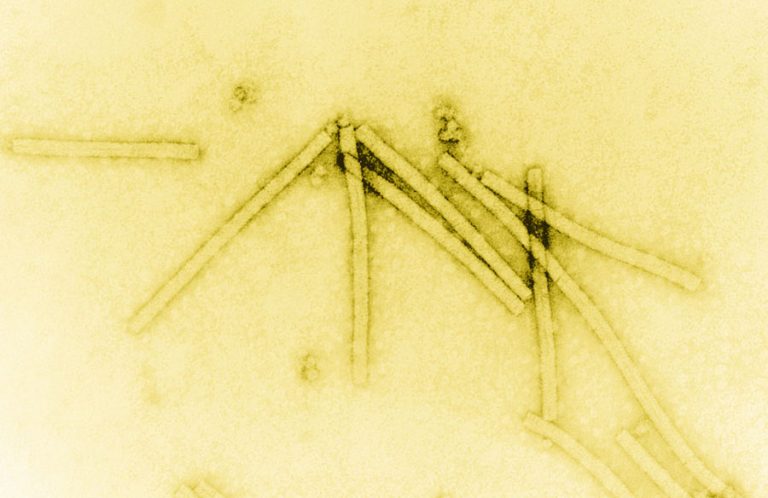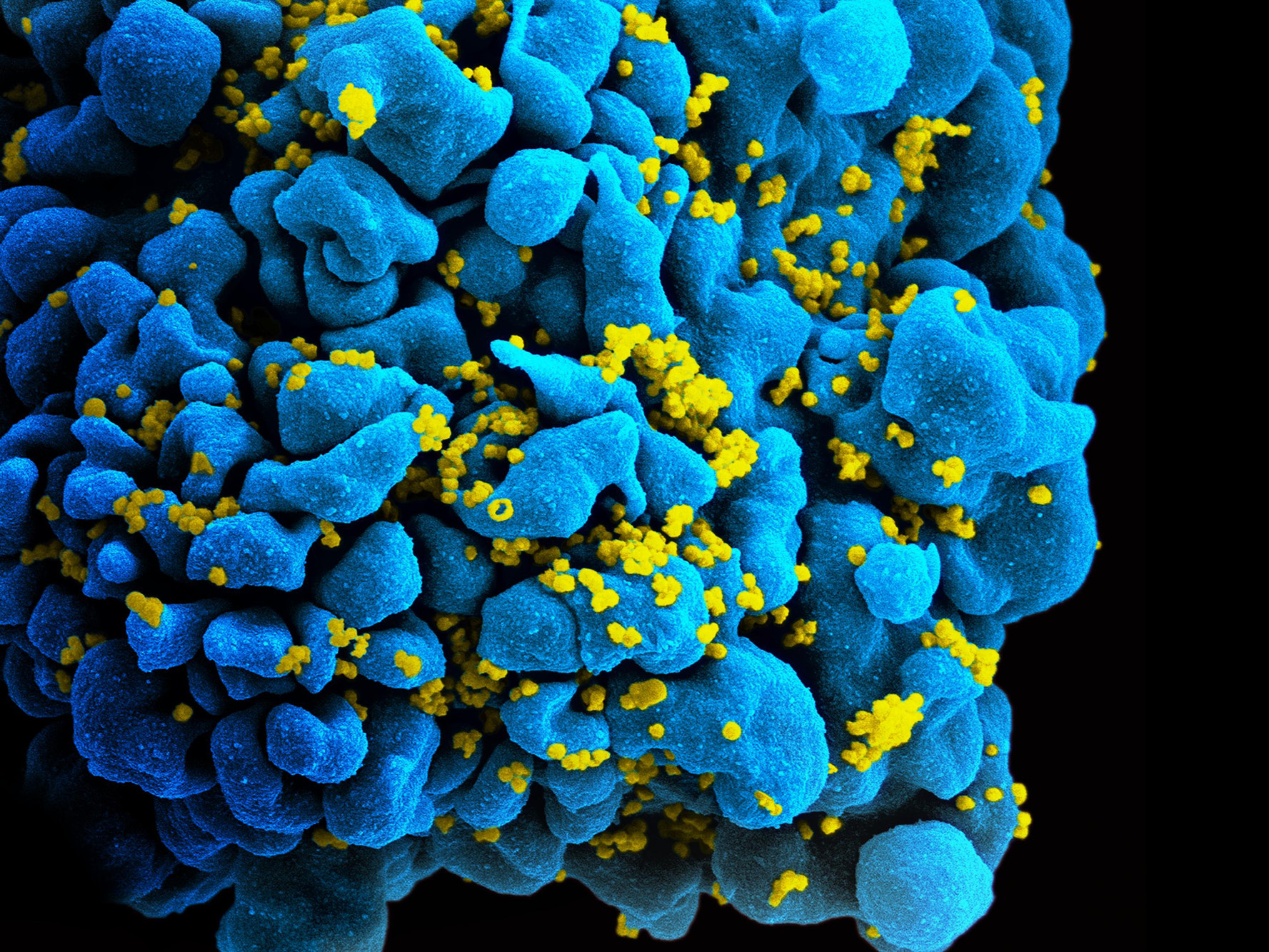We have understood since the 19th century that many diseases are caused by microscopic bacteria that cannot be seen by the naked eye. It turned out that there were even smaller contagions: viruses.
The electron microscope, which was invented by Ernst Ruska and Max Knoll in 1933, made it possible to take pictures of much smaller objects than was previously possible. Ernst Ruska’s brother, Helmut Ruska, was a doctor and biologist, and used early electron microscopes to make images of viruses and other small objects. The tobacco mosaic virus was the first virus captured on film. The development of the electron microscope has enabled increasingly better images to be taken.
Ernst Ruska was awarded the 1986 Nobel Prize in Physics together with Gerd Binnig and Heinrich Röhrer, who developed the scanning electron microscope.
Read more about Ernst Ruska – his life and research. https://www.nobelprize.org/prizes/physics/1986/ruska/facts/

